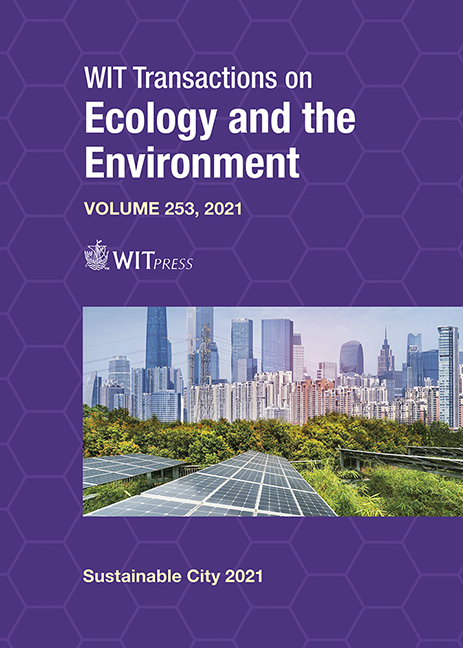EXAMINING THE EFFECTS OF THE COVID-19 LOCKDOWNS ON REDUCING POLLUTANT CONCENTRATIONS IN US URBAN AREAS: EVIDENCE FROM LOS ANGELES, SEATTLE AND NEW YORK CITY
Price
Free (open access)
Transaction
Volume
253
Pages
11
Page Range
565 - 575
Published
2021
Size
594 kb
Paper DOI
10.2495/SC210461
Copyright
Author(s)
EDWARD WEI
Abstract
Reductions in air pollution benefit the health of both humanity and the environment. Understanding the contributing factors to air pollution is critical for devising actions aimed at reducing pollution. This study examines the effectiveness of the 2020 COVID-19 lockdowns in reducing air pollution in US urban environments. It focuses on three cities – Los Angeles, Seattle, and New York City – and utilizes city-level daily pollutant data for carbon monoxide (CO), nitrogen dioxide (NO2), ozone (O3), and particulate matter smaller than 2.5 microns (PM2.5). Each city had three time periods (pre-lockdown, lockdown, and post-lockdown) determined by the enactment and relaxation of gathering restrictions. T-tests were used to compare air pollution measured during the three periods against a baseline created from the mean pollutant concentrations from 2015 to 2019. The results show that the lockdowns were effective in reducing CO concentrations in all three cities. Reductions in NO2 during lockdowns were supported by results from New York and Seattle, the cities with colder and more humid climates. Only Los Angeles, the warmest and driest city, saw reductions in O3 concentrations during the lockdowns. Reductions in PM2.5 concentrations during lockdowns were observed in Los Angeles and New York, but not in Seattle. These findings support devising policies to reduce CO, NO2, and PM2.5 through discouraging private vehicle travel in large urban areas. The research also suggests that those policies’ effectiveness is varied for each pollutant type and climate.
Keywords
air pollution, lockdowns, COVID-19, health, urban environments





